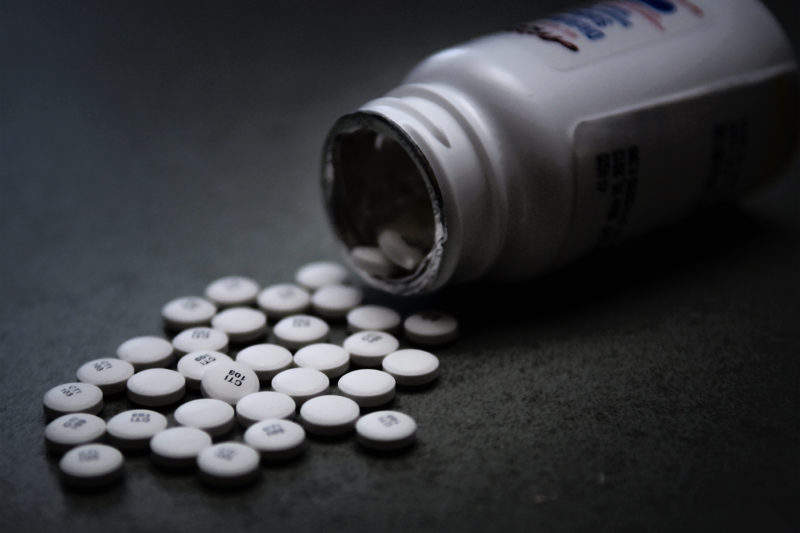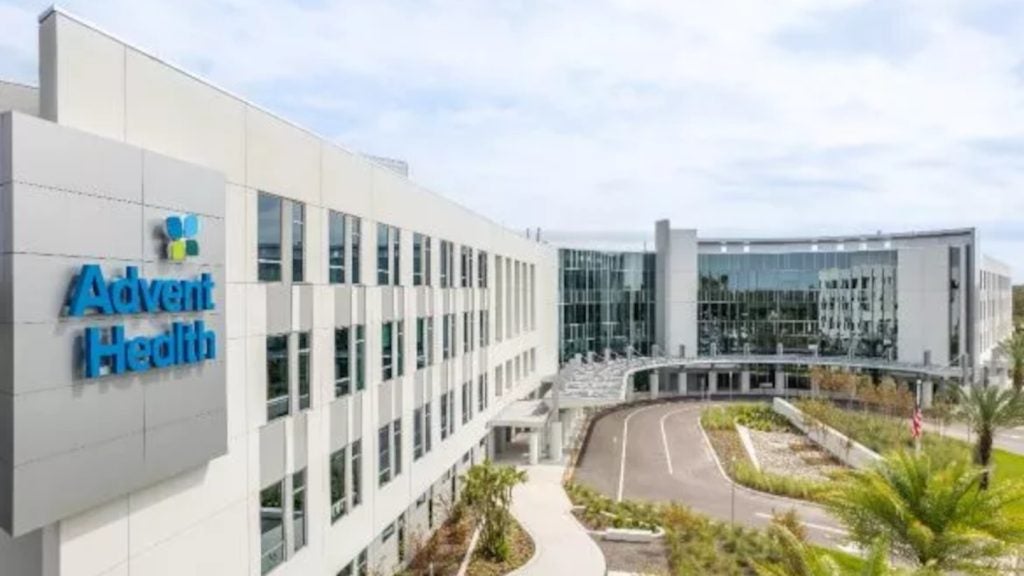Pain management plays a crucial role in the perceived success of personalised therapies among many patients. As numerous countries go through an opioid crisis, the emergence of the crisis was evident even as the underlying causes took decades to bubble to the surface.
The onus to avoid such epidemics lies heavily on physicians, as they are the primary care providers and the connection between therapies and patients. Opioid manufacturers cater to their shareholders and seek commercial success, and patients do not have the knowledge required to make pertinent medical decisions; thus, they rely heavily on their primary care providers to make the right decisions on their behalf.
Underlying issues
The rise in opioid abuse did not occur overnight; the underlying issues were established in the early 1990s and bubbled to the surface in the new millennium. Opioid manufacturers invested extensively in their marketing campaigns to remove the stigma of opioid treatments and rid doctors of opiophobia, which led to overpromotion of opioids in a short time frame.
In 1996, when opioids were used mainly for cancer-related pain, Purdue Pharma promoted the use of OxyContin to foray into the chronic non–cancer-related pain management market. Purdue’s marketing campaigns included pseudo-longitudinal studies on patients using OxyContin. The company released two videos distributed to 1,500 physicians in 1998 and 2000, titled, “I got my life back” and “I got my life back ll,” respectively. These videos featured Dr. Alan Spanos, a respected pain specialist and highly influential physician in the US.
This was the initial windfall of overpromotion that led OxyContin to become one of the most prescribed opioids within the US. The videos had a simple message: “We were wrong in thinking opioids can’t be used long-term, they can be and they should be…[these patients exemplify] that opioids do not lead to addiction, tolerance, and passivity.” Sales for OxyContin increased by $1bn over a four-year period from 1996 to 2000.
Purdue’s promotion of OxyContin for the treatment of non–cancer-related pain contributed to a nearly tenfold increase in OxyContin prescriptions for this type of pain, from about 670,000 in 1997 to about 6.2 million in 2002, whereas prescriptions for cancer-related pain increased about fourfold during the same period. These sales and prescription numbers continue to rise and turn a profit for Purdue.
How well do you really know your competitors?
Access the most comprehensive Company Profiles on the market, powered by GlobalData. Save hours of research. Gain competitive edge.

Thank you!
Your download email will arrive shortly
Not ready to buy yet? Download a free sample
We are confident about the unique quality of our Company Profiles. However, we want you to make the most beneficial decision for your business, so we offer a free sample that you can download by submitting the below form
By GlobalDataThe path to drug abuse
The issue worsens as a majority of opioid abusers become illicit drug users when their circumstances change. This occurs either when the user’s health benefits lapse and they are no longer able to obtain legal opioids or if they are addicted to a point where their prescription does not cover their needs. Opioid users become heroin users and are introduced to a subset of new issues associated with illicit drug use and abuse, and create a burden on social programs instituted by local authorities.
The costs of illicit and legal opioid abuse fall to each respective municipality, burdening infrastructure and creating social issues within each neighborhood that spread out. In that respect, cities are increasingly holding opioid manufacturers responsible for damages caused. In 2007, the city of New York sued Purdue Pharma and received a $600m payout as courts deemed that the company misled regulators, physicians, and patients on OxyContin’s risk of addition and potential of abuse.
New York Mayor Bill de Blasio delivered a similar promise and the city will once again be pursuing opioid manufacturers, Purdue Pharma included, in a lawsuit for damages caused by opioid abuse. However, these sums do not even break the bank for these opioid kings, as profits from 2017 alone equal $1.8bn for Purdue Pharma. Similarly, other opioid manufactures such as Endo, J&J, Covidien, and Abbott Labs are too diversified within the medtech and pharma businesses to be hindered by these lawsuits.
Changing habits
However, as the issue becomes drastic, the stakeholders involved are undertaking initiatives to circumvent further crisis and mitigate the effects of opioid abuse. OxyContin manufacturer Purdue Pharma released a statement that the company is taking the opioid crisis very seriously and believes it has an important role to play.
Purdue’s research scientists have yet again been tasked to make the drug abuse-resistant by creating a coating layer the company deems will make the pills harder to crush, although the company had stated it was taking a similar initiative when it was sued in 2007. The Canadian government has taken initiative in conjunction with retail pharmacies to provide naloxone kits free of charge to combat the rising epidemic. Naloxone counteracts the effects of many opioids including OxyContin, methadone, fentanyl and heroin. Naloxone kits are available in nasal spray and injectable form. The injectable kits are more prevalent as they are fast-acting in case of an overdose.
Moving forward, alternative methods of pain management must be assessed and used in the healthcare field. A focus on nonsteroidal anti-inflammatory drugs (NSAIDs) in addition to corticosteroids must be used as a first line of defense in the battle against chronic pain. Non-drug therapies such as physical therapy and exercise need to be further understood by physicians and taken into consideration during pain management planning.
A joint effort
Similarly, marijuana therapy is a paragon as an alternative to opioid drugs. A recent systematic literature review in Nurse Outlook concluded that implementing medical marijuana as an alternative decreased opioid-related mortality and improved patient outcomes. In addition, there was a significant reduction in healthcare costs.
Moreover, a study published in the Substance Use and Misuse journal demonstrated that cannabis use in HIV-infected individuals with chronic pain led to decreased use of prescription opioids. Similarly, another study published in PLOS One concluded there was increased opioid cessation prevalent in individuals enrolled in medical cannabis programs in New Mexico. What these studies demonstrate is there are numerous alternatives to opioid use; however, physicians need to take the initiative to gain knowledge in this respect and use other forms of pain management rather than jumping to opioids.
Even though the issue is much larger now, and it will take a joint effort involving patients, opioid manufacturers, and physicians, this rise to opiomania could have been avoided with a little more sense from frontline physicians. Physicians have a responsibility to alleviate patients’ ailments, keeping in mind the “first, do no harm” mentality expressed in the Hippocratic Oath. The next time a teenager comes in with back pain from a slipped disk, reach for alternatives rather than the opioids.









Related Company Profiles
Covidien Ltd.
Purdue Pharma LP
Endo Limited